Global anthropogenic methane emissions, 1970-2022
Methane (CH4) is a hydrocarbon and a major component of natural gas. It is a potent greenhouse gas (GHG), so its presence in the atmosphere
Methane (CH4) is a hydrocarbon and a major component of natural gas. It is a potent greenhouse gas (GHG), so its presence in the atmosphere
Methane belongs to a class of so-called “super pollutants” that simultaneously contribute to climate change and degrade the health of people and ecosystems. It has

Anthropogenic carbon dioxide emissions increased from about 9,000 kilotons in 1750 to approximately 36 million tons in 2022—a 4,000-fold increase. Economic growth and the shift to fossil fuels that accompanied the Industrial Revolution drove this rise in emissions. Between 1850 and 1900, there were only two years in which emissions did not increase from the previous year.

Facebook Twitter Youtube In atmospheric chemistry, NOx (“knocks”) is shorthand for nitric oxide (NO) and nitrogen dioxide (NO₂)—the nitrogen oxides most relevant to air pollution.
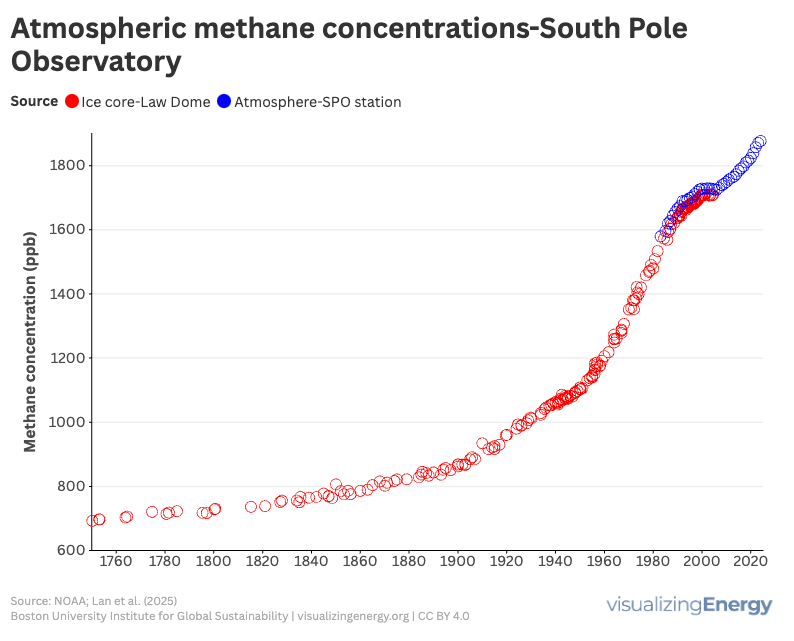
Methane is a potent greenhouse gas that has about 30 times the impact on global warming per unit mass compared to carbon dioxide over a
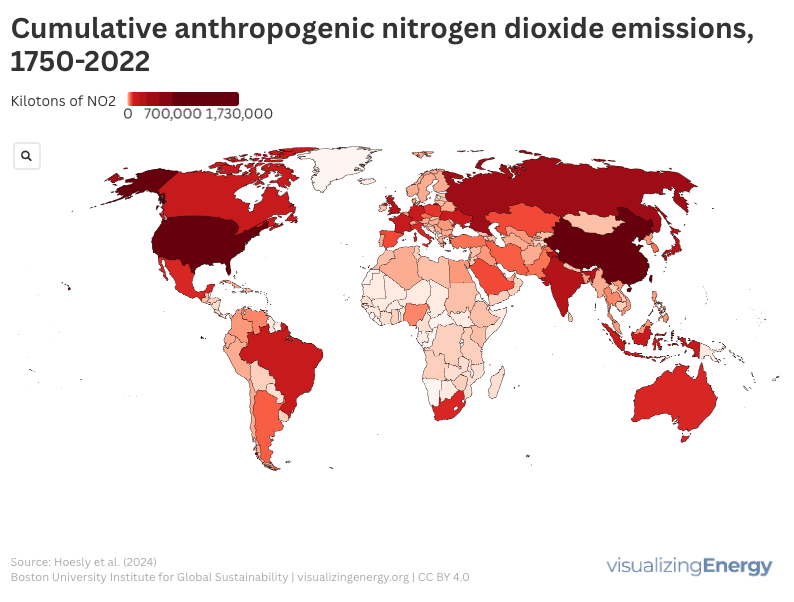
NOx, comprising nitric oxide and nitrogen dioxide, significantly impacts air pollution and health, causing respiratory issues and contributing to harmful pollutants. Mainly emitted from transportation and industrial activities, NOx levels vary globally. Efforts to reduce emissions include regulatory policies and technology advancements, along with a shift towards cleaner energy sources.

Satellites significantly enhance our understanding of methane emissions, responsible for about 30% of anthropogenic global warming. The United Nations Environment Programme’s Methane Alert and Response System detects plumes from waste, oil, gas, and coal, identifying super emitters to improve emissions accountability. Methane from waste facilities is particularly concerning due to inefficient capture methods.
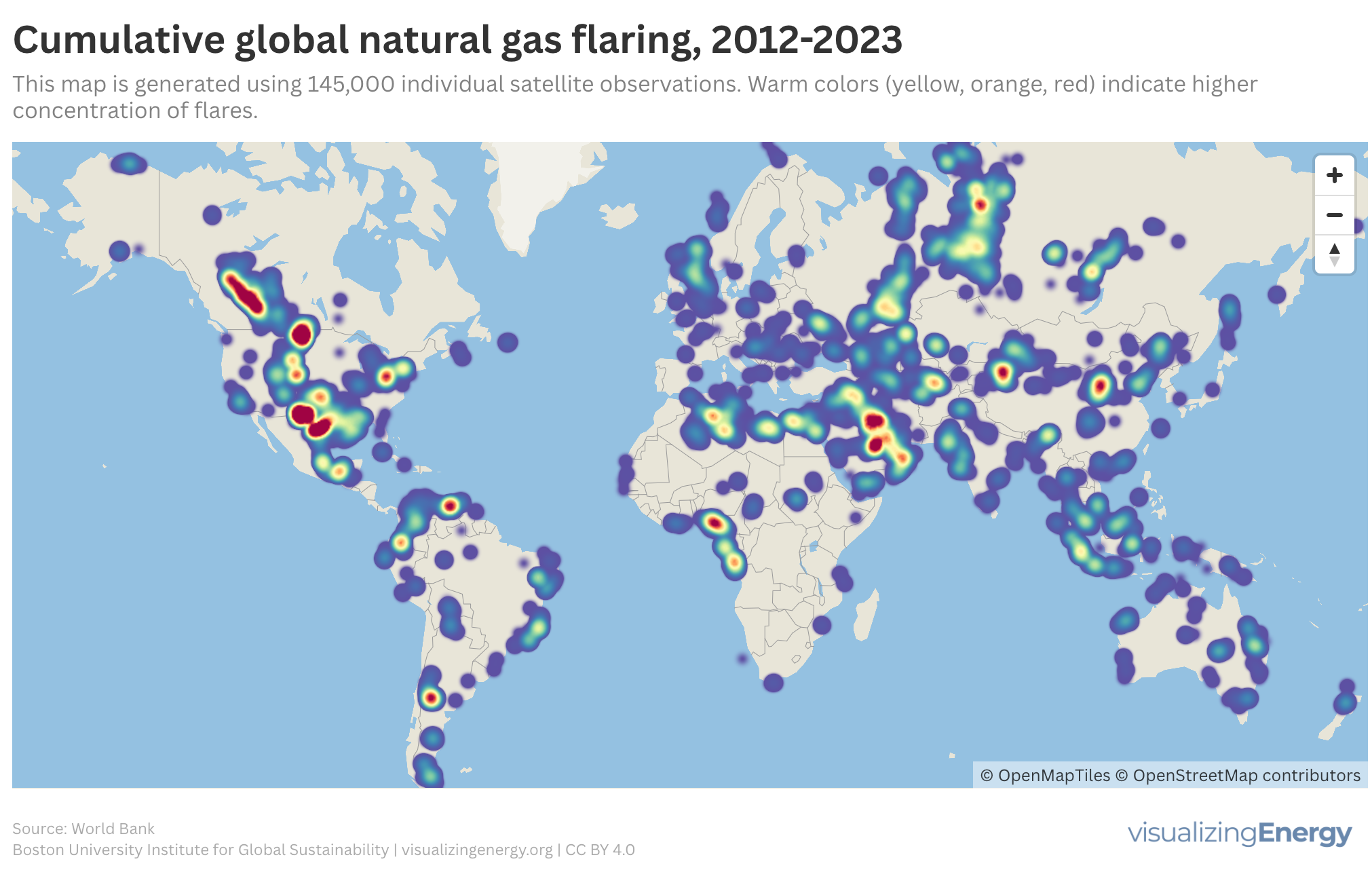
Crude oil and natural gas often coexist in reservoirs, leading to natural gas flaring when oil is extracted. This process not only wastes energy but also contributes significantly to global methane emissions. Despite initiatives like the Zero Routine Flaring by 2030, flaring volumes remain high, particularly in nine major countries responsible for the majority.
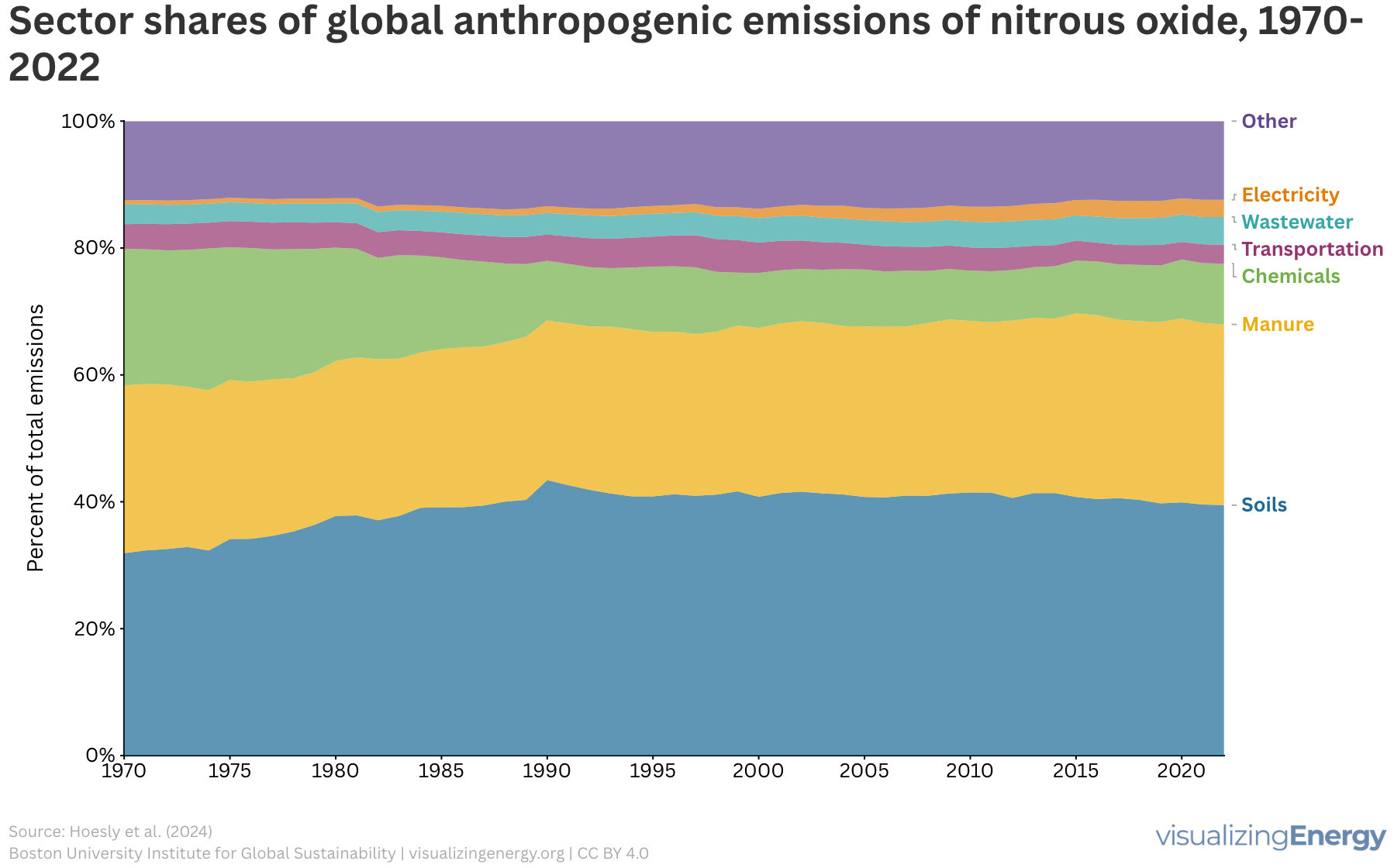
Nitrous oxide (N2O) is a potent greenhouse gas that contributes to climate change and ozone depletion, with human activities significantly increasing its emissions since the 1970s. Key sources include agricultural practices, livestock manure, and industrial emissions. Action is necessary across sectors to mitigate N2O emissions and improve nutrient management strategies.
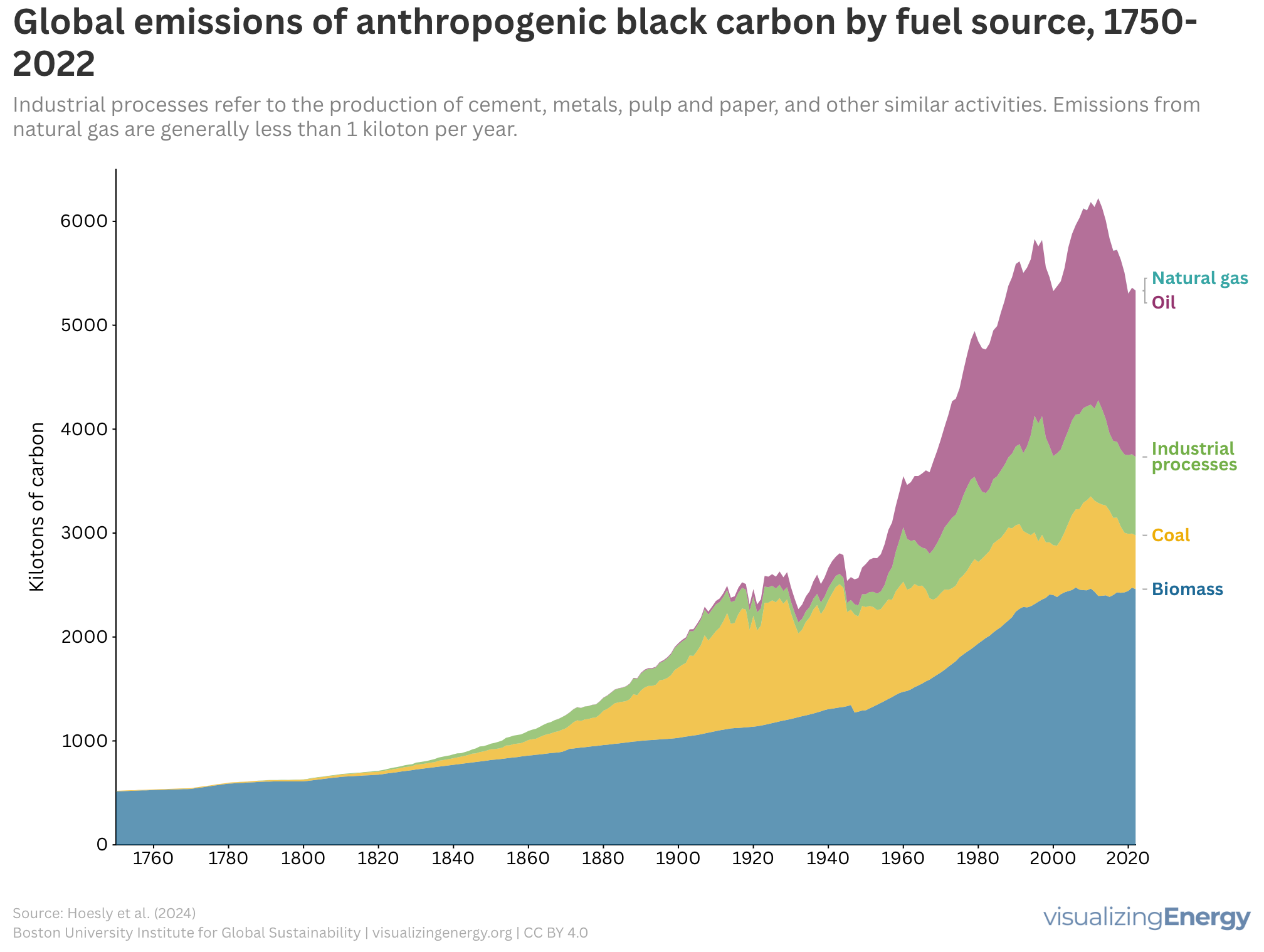
Anthropogenic black carbon, or soot, arises from incomplete combustion of organic materials, significantly impacting climate change and public health. It causes global warming, degrades air quality, and leads to various health issues. Major contributors include residential fuel usage and transportation emissions. Reducing black carbon relies on cleaner fuel access and improved combustion technologies.